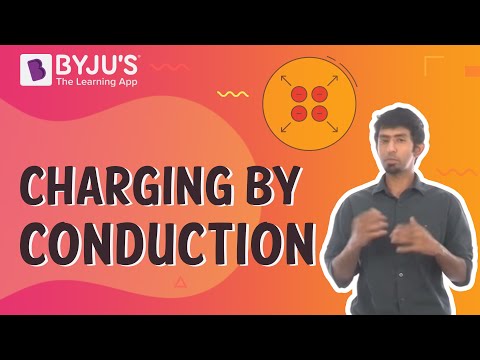The physical act of the transfer of thermal energy between two systems by the dissipation of heat is known as heat transfer. The three modes of heat transfer are conduction, convection and radiation. Let us look at the differences between all three heat transfer methods to understand them better.
Difference Between Conduction Convection and Radiation
| Conduction | Convection | Radiation |
| In conduction, heat transfer takes place between objects by direct contact. | In convection, the heat transfer takes within the fluid. | In radiation, heat transfer occurs through electromagnetic waves without involving particles. |
| The heat transfer takes place due to the difference in temperature. | The heat transfer occurs due to the difference in density. | The heat transfer occurs in all objects with a temperature greater than 0 K. |
| The heat transfer in conduction is slow | The heat transfer in convection is faster. | The heat transfer in radiation is the fastest. |
| The heat transfer occurs through a heated solid object. | The heat transfer occurs through intermediate objects. For example, heat transfer between air and water. | The heat transfer occurs through electromagnetic waves. |
| It does not follow the law of reflection and refraction. | It does not follow the law of reflection and refraction. | It follows the law of reflection and refraction. |
The differences between the modes of heat transfer should be understood clearly as this is an important topic in thermodynamics. To know more about conduction, convection, and radiation, visit BYJU’S.
See the video below to learn about charging by conduction.





It is really helpful
Ya it is very easy to learn and it is very helpful to me to learn
It is very helpful to learn
Very easy to learn and simple
Very Good.
I appreciate it.
It’s very helpful!